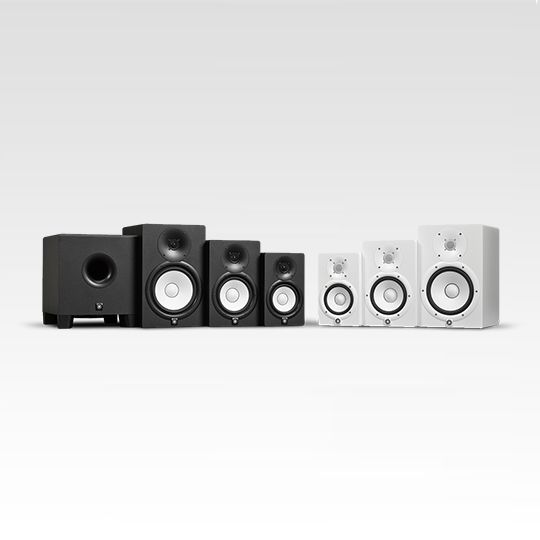Gareth Williams
Member
Hi, does anybody have any advice regarding what kind of monitors or speaker are good to use as an alternative to headphones from a mixer? I play guitar, vocals and a drum machine into a mixer at home and listen though headphones. I would like to be able to listen without the headphones too. The main out from the mixer goes to a recording device I was hoping to run the control room out to some monitors or speakers of some sort. As this is for a home set up it doesn’t need to be really loud like for playing in a pub or public place.
I had a look at the Mackie HR624s but couldn’t see some of the specs I need to know. The main things I need to know are … How long is the power lead, e.g. how far from the plug can the speakers be, what input they have. The HR624s only seemed to have RCA and XLR inputs. Though “phone” might be 1/4 inch jack input. 1/4 inch jack would be best as that’s what the mixer output is. Otherwise I’d have to get jack to XLR or jack to RCA cables, and where the volume control is. I couldn’t even see a volume control on the HR624s. Are you expected to control the volume from a computer or something?
I couldn’t find a very high res or clear image of the back so it didn’t make a lot of sense! Anyway, I don’t know where to start really so I thought I’d get some advice from the experts! Thanks for any help. Gareth
I had a look at the Mackie HR624s but couldn’t see some of the specs I need to know. The main things I need to know are … How long is the power lead, e.g. how far from the plug can the speakers be, what input they have. The HR624s only seemed to have RCA and XLR inputs. Though “phone” might be 1/4 inch jack input. 1/4 inch jack would be best as that’s what the mixer output is. Otherwise I’d have to get jack to XLR or jack to RCA cables, and where the volume control is. I couldn’t even see a volume control on the HR624s. Are you expected to control the volume from a computer or something?
I couldn’t find a very high res or clear image of the back so it didn’t make a lot of sense! Anyway, I don’t know where to start really so I thought I’d get some advice from the experts! Thanks for any help. Gareth

